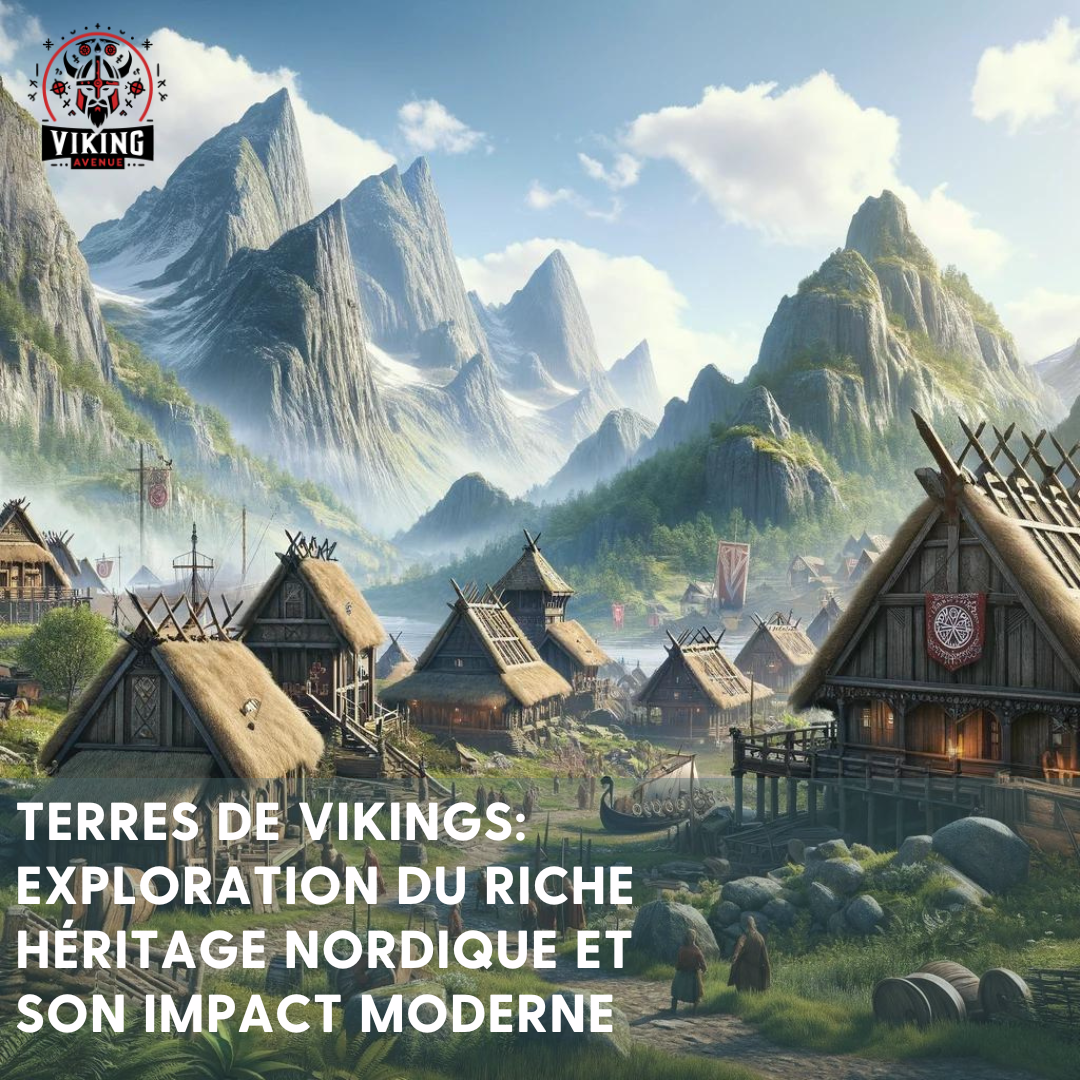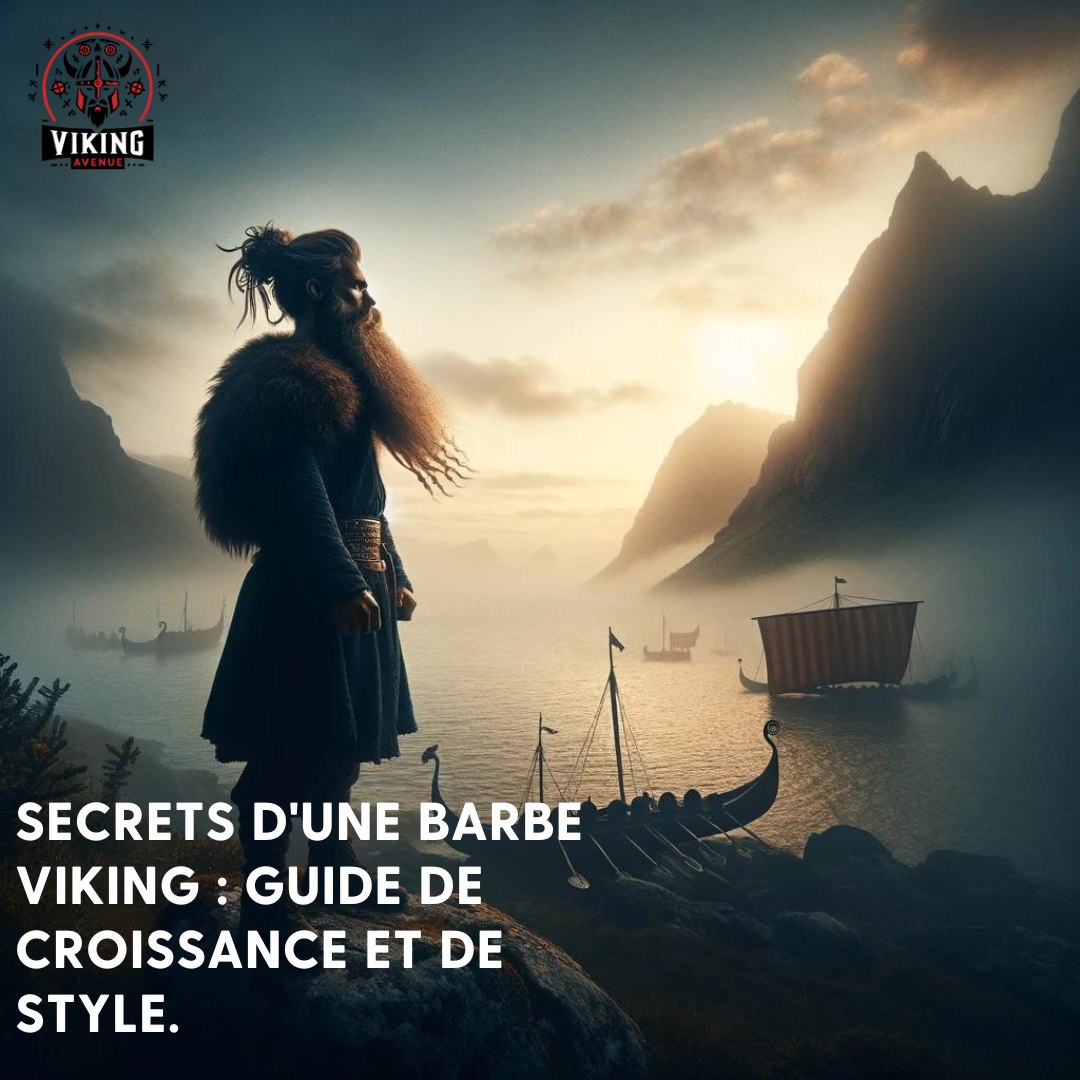What were the Viking Lands?
The Viking Lands encompass modern Scandinavia - Norway, Sweden, and Denmark - as well as parts of Finland and Iceland. Between the 8th and 11th centuries, these regions were home to a remarkable civilization known for its skills in navigation, exploration, and its rich mythological culture. The Vikings also established far-flung settlements, such as in Iceland, Greenland, and even briefly in North America.
How did the environment shape Viking culture?
Navigation and exploration
The challenges posed by rough seas and long winters motivated the Vikings to develop advanced navigation skills, allowing them to explore, trade, and raid vast distances.
Art and Crafts
The Scandinavian environment, rich in wood, iron, and other natural resources, inspired a variety of crafts, such as wood carving, blacksmithing, and weaving, each piece reflecting Viking beliefs and daily life.
Trade
The varied climate and resources of the Viking lands led to thriving trade with other regions, exchanging goods like fur, amber, iron, and ivory for foreign luxuries.
What technologies did the Vikings develop?
Shipbuilding
The Vikings revolutionized shipbuilding, creating ships like the longship, suitable for both open-sea navigation and raiding along shallow rivers.
Metallurgy
They also advanced in metallurgy, creating stronger and sharper weapons and tools, which gave them an advantage in their conquests and explorations.
Agriculture
Despite the harsh northern climate, the Vikings developed innovative agricultural methods to cultivate land previously considered infertile, improving their self-sufficiency.
How do Viking lands influence modern culture?
Literature and entertainment
Norse mythology and Viking sagas remain a major source of inspiration for video game writers, directors, and developers, reflecting the enduring interest in their culture and history.
Fashion and design
The Viking aesthetic, with its symbolic patterns and sturdy craftsmanship, influences fashion, jewelry, and interior design, offering a look that is both ancient and modern.
Discover the Viking Symbols in our pendant collection
Tourism
Historic Viking sites attract millions of visitors interested in archeology and history, boosting the local economy and fostering renewed interest in Norse heritage.
Why is it important to preserve Viking lands and sites?
Viking sites are irreplaceable windows into the past, offering unique insights into the lives, beliefs, and achievements of this fascinating culture. Preserving these sites helps keep the memory of the Vikings alive, ensuring that their influence and contributions to world history are not forgotten. Each new archaeological discovery can reveal valuable information about prehistory, human migrations, and cultural interactions throughout the ages.



